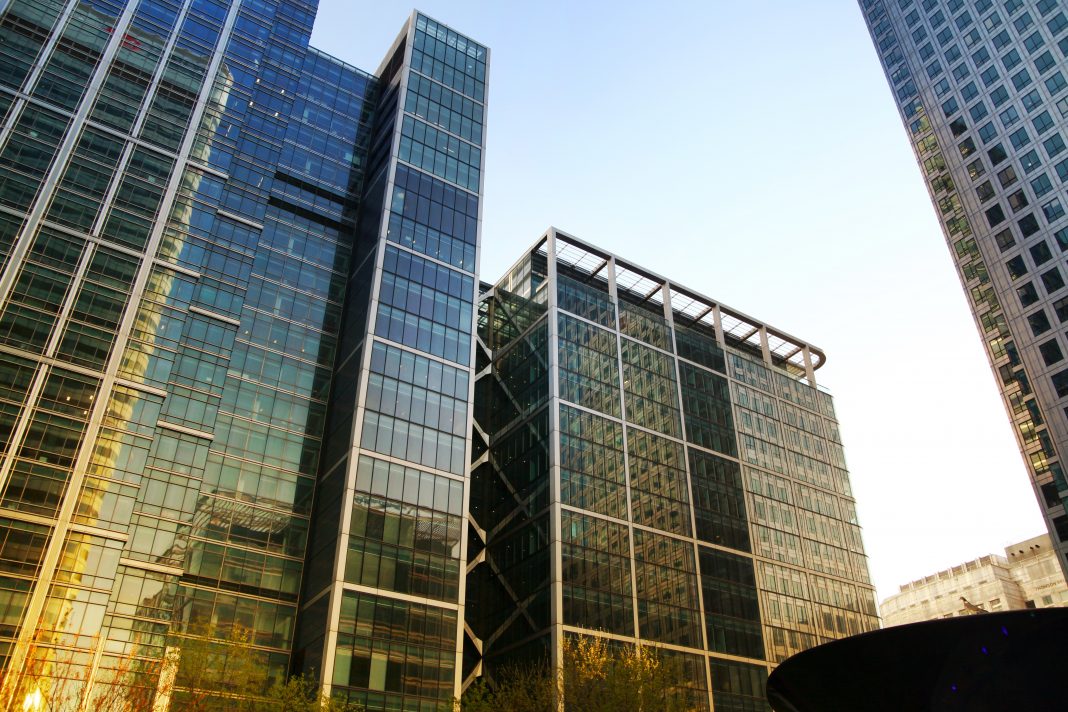Leading architects, engineers and building professionals have joined forces to launch the ‘Climate Emergency Design Guide’, providing a blueprint on how the construction industry can tackle the climate emergency
The Climate Emergency Design Guide is published by LETI- the London Energy Transformation Initiative. Groups backing the call include the Royal Institute of British Architects (RIBA) and the Chartered Institution of Building Service Engineers (CIBSE).
Climate Emergency Design Guide
The Climate Emergency Design Guide outlines the requirements of new buildings to ensure that climate change targets are met.
This free to access new publication written collectively by more than 100 industry professionals and supported by thousands more, offers a blueprint on how the construction industry can react and work together to tackle the climate emergency.
Hywel Davies, technical director at CIBSE, said: “Delivering zero carbon buildings is a huge challenge. LETI has taken a major step to help the industry to work out how this is to be done for new buildings.
Gary Clark, chair of RIBA sustainable futures group, added: “2020 is the year of climate action. We urgently need clear and practical guides on how to deliver net-zero carbon future now.
“The new LETI guides fulfil this aim and are a timely addition to the growing suite of guides. This is a must-read for construction professionals.”
Carbon emissions from UK buildings
Unlike other parts of the economy, carbon emissions from UK buildings are not falling. The built environment has an essential role in meeting the government’s target of net-zero carbon emissions by 2050, and playing a part in stopping runaway climate change.
Currently, the UK is not on a coordinated track to meet these goals. LETI has been driving to create coordinated consensus and simple road maps to achieve our climate aims.
Commenting, Clara Bagenal George (associate at Elementa Consulting) who initiated LETI the London Energy Transformations Initiative (LETI) and lead editor of the report, commented: “The building industry knows that we should be designing climate-friendly buildings now, but unfortunately only a fraction of new properties are of the standard needed to meet our climate targets.
“We know how to do it, but without the government showing similar ambition, unfortunately we will drift further from where we need to be. This collective call from all parts of the building industry is a clear and straightforward explainer of what is expected of us and how we can get there.”
Cutting carbon emissions
Achieving the UK’s net-zero emissions target will require cutting carbon emissions from all areas of the economy, before balancing the rest with negative emissions, such as planting trees or investing in technology to remove carbon from the air.
Building new homes to the highest efficient standards is the first step in cutting emissions from housing. The government’s statutory advisors on climate change, the Committee on Climate Change, have said that new homes should use much less energy than those currently being built, that in-use performance should be used instead of modelled performance, and that a plan to retrofit the existing building stock is urgently needed. Many of these points are echoed by industry in the Climate Emergency Design Guide.
Clare Murray (head of sustainability for Levitt Bernstein) design editor of the guide, said: “The Climate Emergency Design Guide has been a year in the making and forms a consensus from over 100 professionals on how we can meet net-zero carbon. It graphically explains the definition of whole life carbon, how to achieve net-zero operational carbon, the relationships between operational and embodied carbon and much more.
“With spreads providing guidance for domestic and non-domestic archetypes and key performance indicators – this guide aims to make technical guidance on zero carbon accessible to the wider industry.”
Standard design practice
The research and thought presented in the document demonstrates that the building industry knows how we should be designing buildings now, from 2020, but that clear leadership and guidance is required to promote wide-ranging positive change. Buildings that adopt these requirements now will be seen as leaders.
By 2025 for new buildings and 2050 for our existing stock these requirements must become standard design practice otherwise the building industry will not meet our collective responsibility in this Climate crisis and we will fail our next generation.
The Guide represents voices from across the buildings sector, including Allies and Morrison, Feilden Clegg Bradley Studios, Levitt Bernstein, Elementa, Hawkins\Brown, DRMM, Haworth Tompkins, Woods Bagot, Etude, Cundall, AECOM, BDP, Hilson Moran, Thornton Tomasetti, ACAN, XCO2, Currie & Brown, Verco and Twinn Sustainability Innovation.














